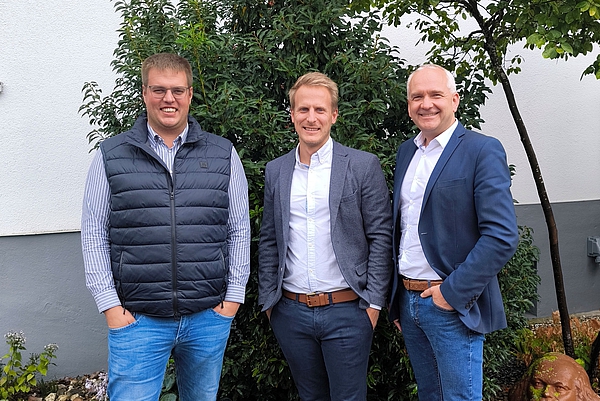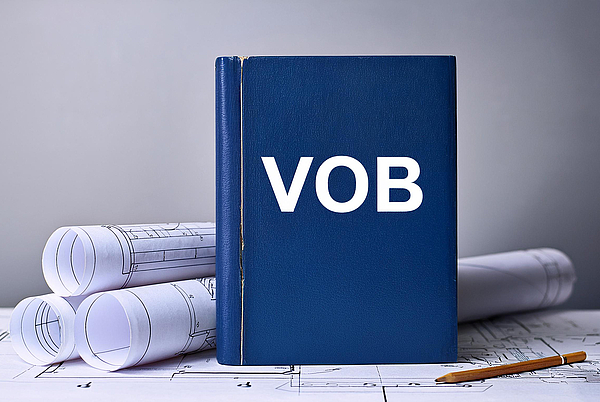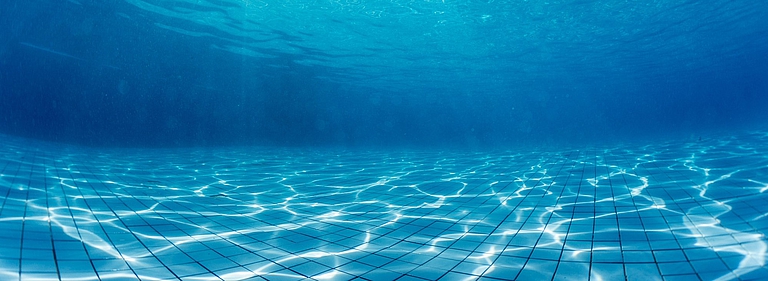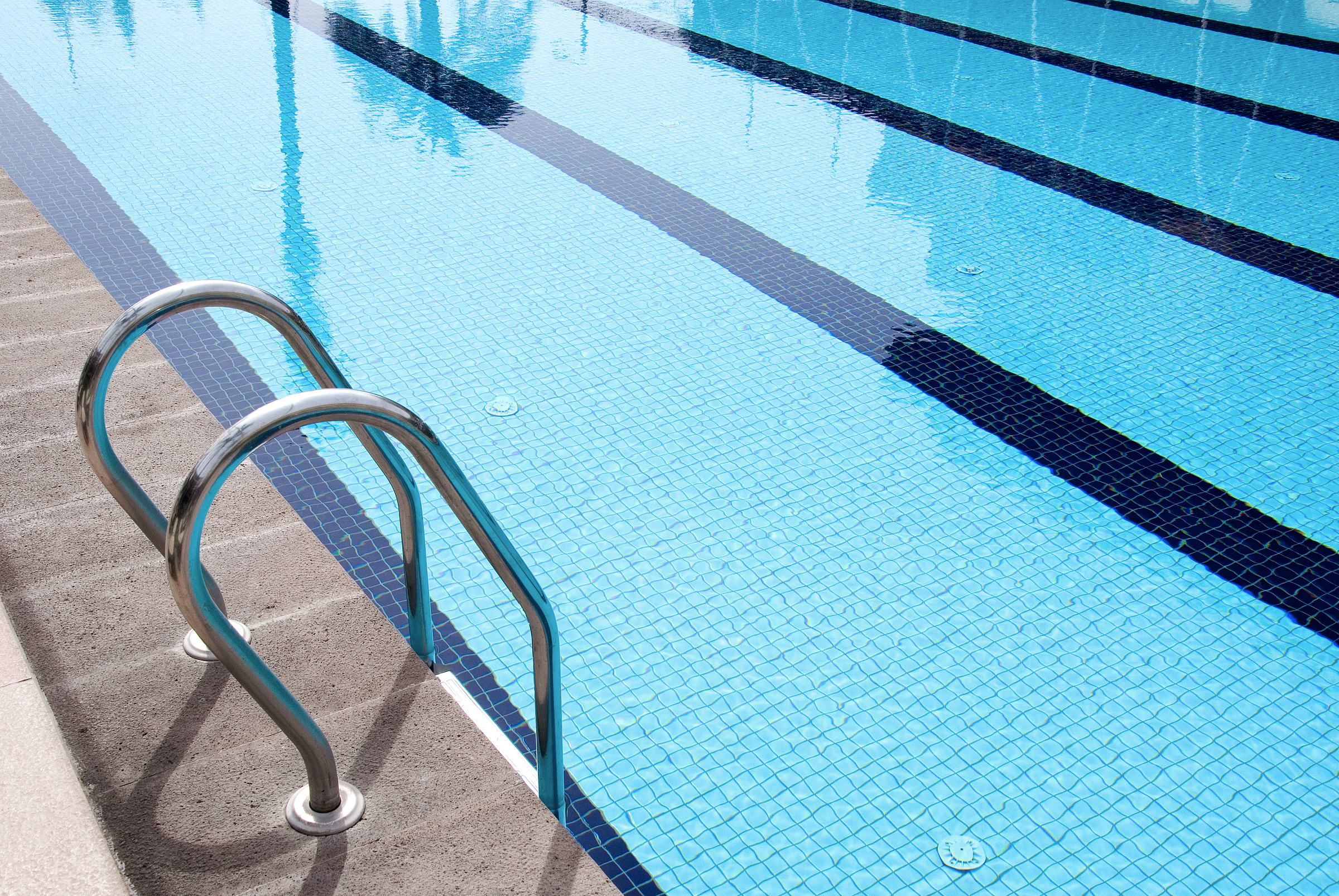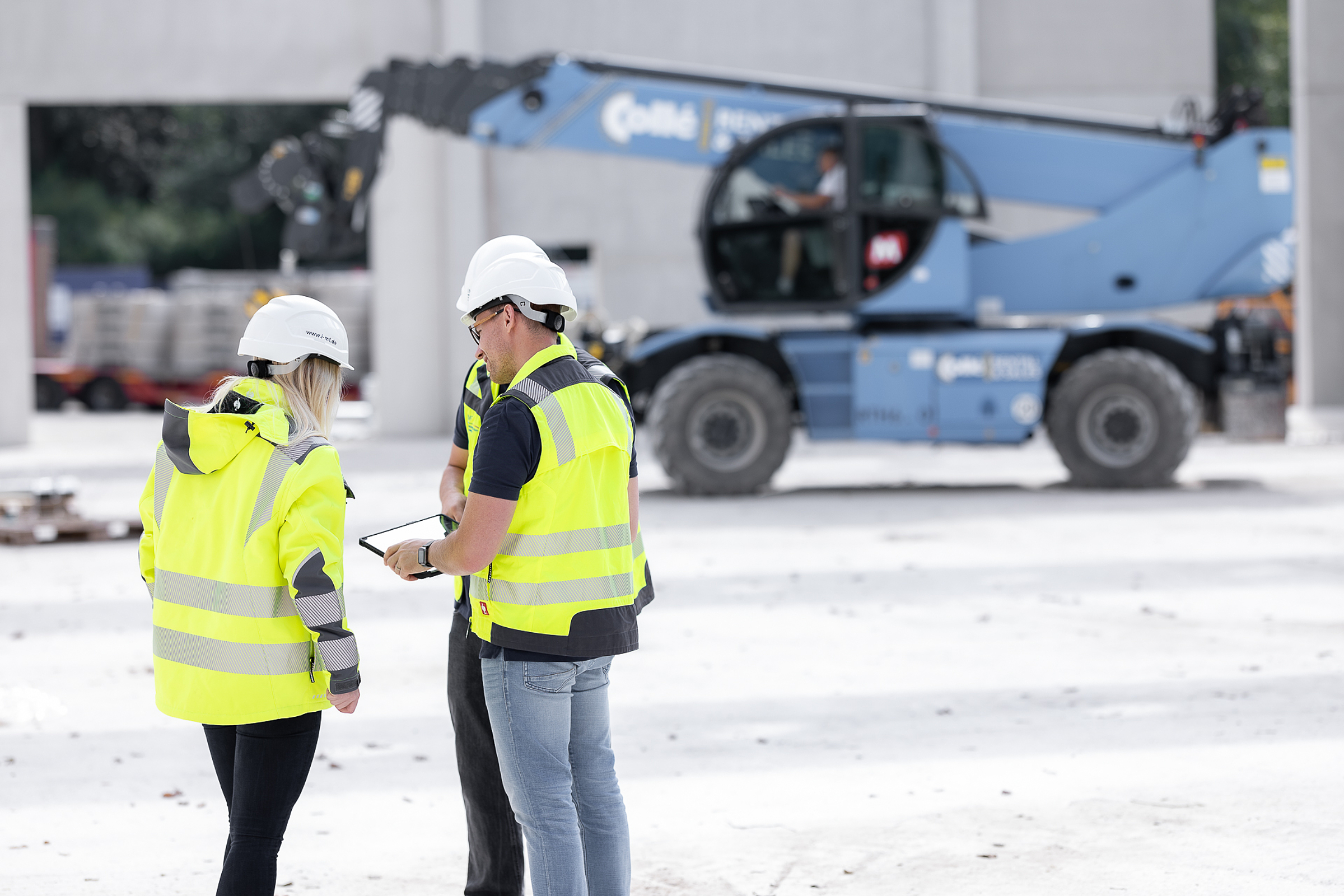The implementation of modern building management technology is crucial for the efficient management and monitoring of building functions. This technology integrates various systems such as heating, ventilation, air conditioning, lighting and security into a central control platform. Through the use of sensors, automated controls and data analysis, energy consumption and operating costs are optimized, while comfort and safety for users are increased. The aim is to ensure intelligent and sustainable building management that meets both ecological and economic requirements.





